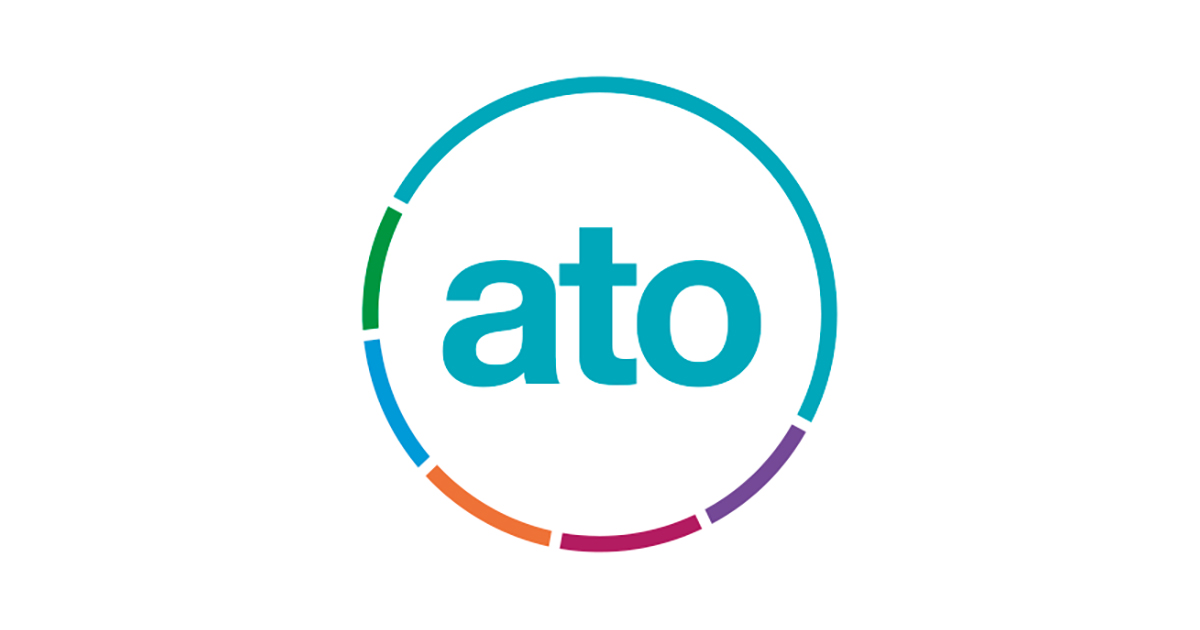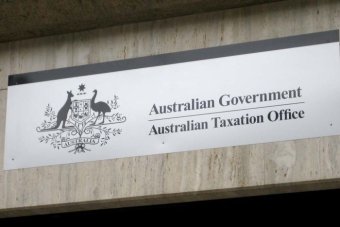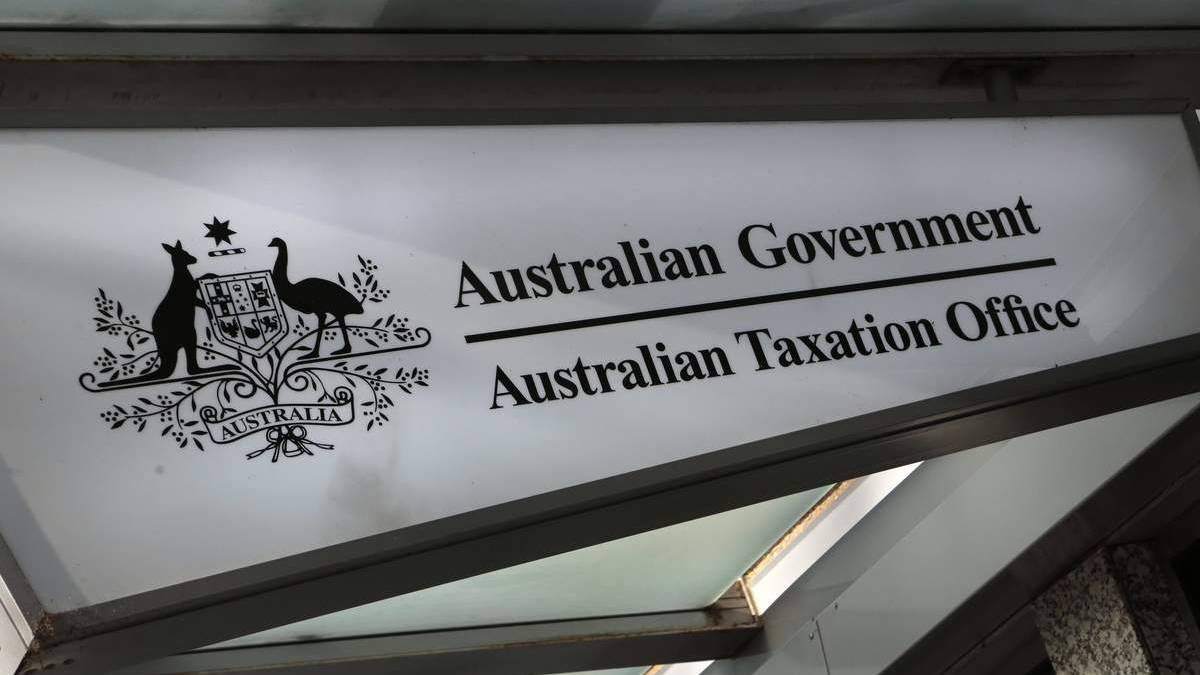Investing in certain asset classes or implementing particular structures to do so can result in additional compliance issues for SMSFs. Mark Ellem, head of education at Accurium, identifies areas where trustees will need to pay extra attention.
When an SMSF considers acquiring an asset or making a new investment, there are several compliance rules and issues that need to be considered at the time of acquisition. For example:
- whether the asset can be acquired from a related party,
- does it fit within the fund’s investment strategy,
- will the investment be regarded as an in-house asset,
- does the acquisition meet the sole purchase test, and
- is the acquisition or investment permitted under the trust deed.
In addition to these considerations at the time of acquisition, the ongoing and potential future compliance and audit requirements should also be factored in when the trustees are weighing up whether a particular investment is one the SMSF should be making. SMSFs can have additional layers of compliance when compared to using other non-super structures when acquiring and holding an asset. These ongoing compliance requirements, potential costs and hurdles should be understood by SMSF trustees prior to purchase.
Let’s consider what these issues are for various types of commonly held SMSF assets.
Real estate
One of the most popular asset types held by an SMSF is real estate, which presents several ongoing compliance issues that SMSF trustees need to be aware of. A few of these are discussed below.
• Year-end market value – The market value of real estate held by an SMSF must be considered by the trustee(s) each and every 30 June. SMSF trustees need to be aware of the potential ongoing costs associated with determining and substantiating market value for real estate. Potential costs include the expense of obtaining an independent valuation or other forms of market-value evidence and additional administration and audit costs for an SMSF owning real estate. The ATO has recently released guidance on the evidence trustees need to provide their auditor to substantiate the market value used in the fund’s financial statements (search QC 64053 on the ATO’s website).
• Leasing real estate to a related party – Where the property is leased to a related party, trustees must ensure it continues to meet the definition of business real property (BRP). There should be an examination of the lease agreement to ensure the terms are being adhered to, including any review of the market of rents and that the rental agreement has not expired. In addition to the initial costs to draft and execute a lease, there would be ongoing costs to extend, renew and vary it. This may include the cost of obtaining an independent assessment of market rental value. Variation to a lease may also be caused by unexpected market conditions, for example, the COVID-19 rent relief measures.
• Residential property – Where the property is residential, the SMSF auditor may require evidence it has not been used by a fund member, relative or related party. This could be brought into question where the property is situated in a popular holiday destination and is rented out as holiday rental accommodation. An SMSF auditor may require the trustee(s) to provide evidence the property has not been used by a related party and that this is provided at each annual audit.
• Charges over the property – The SMSF auditor may wish to conduct a search each audit year to ensure the property has not been used to secure any borrowings, unless permitted. This may incur additional costs for the SMSF.
• Investment strategy – It is not uncommon for an SMSF holding real estate to have no other assets, apart from its bank account. The ATO and SMSF auditors have a focus on funds with single-asset investment strategies to ensure compliance with the requirements under the Superannuation Industry (Supervision) (SIS) Act 1993. SMSF trustees need to be prepared to dedicate time to ensure the investment strategy will stand up to audit scrutiny.
• LRBAs – Real estate held via a limited recourse borrowing arrangement (LRBA) is subject to certain SIS requirements. For example, the property cannot be developed. SMSF trustees need to be mindful of the limitations and restrictions of property purchased using an LRBA.
Units in a non-related unit trust
A common scenario is where two or more unrelated SMSFs hold units in a unit trust and that unit trust acquires an asset, typically real estate. In these cases, each SMSF must not hold more than 50 per cent of the issued units in the unit trust. This, together with other requirements, ensures the SMSF’s investment is not treated as an in-house asset.
• Ongoing assessment of relationships – In addition to an initial assessment to ensure a unit trust is not a related trust of each of the SMSF unitholders, there will be a requirement for an ongoing annual assessment to ensure this remains the case. This would include determining whether there has been any change in circumstances that makes members from different SMSFs related parties. For example, a member from each fund jointly acquiring a rental property together or children of members from each SMSF getting married to each other may mean they become related parties. The trustee should not be surprised if their auditor reviews the structure each and every year.
SMSFs can have additional layers of compliance when compared to using other non-super structures when acquiring and holding an asset.
• Exit plan – It is important when this type of structure is entered into that the SMSF trustees are aware of the potential issues when one of the SMSF unitholders wants to dispose of their units in the unit trust. The assessment of whether the investment is caught by the in-house asset rules is examined from the perspective of each SMSF unitholder. A unit trust may be a related trust to one of the SMSF unitholders, but not another SMSF unitholder. For example, a unit trust is set up with three unrelated SMSF unitholders, SMSF A, SMSF B and SMSF C, each holding one-third of the issued units. SMSF C unitholder wants out and SMSF A offers to buy the units at market value. From a practical perspective, this achieves the desired outcome. However, there is now a significant compliance issue for SMSF A as it now holds two-thirds of the units in the unit trust. As SMSF A now holds more than 50 per cent of the issued units, the unit trust is a related trust of SMSF A and caught by the in-house asset rules. From SMSF B’s perspective, it still holds units that represent less than 50 per cent of the issued units and so the unit trust is not a related trust of SMSF B. Assuming SMSF A’s unitholding value represents more than 5 per cent of the total value of its assets, it will be required to dispose of the excess in-house asset amount by the following 30 June. This may cause issues, particularly where the asset held by the unit trust is the business premises of the business operated by members from one or more of the SMSFs. SMSF trustees in this type of non-related unit trust structure need to have an exit plan prior to executing the acquisition to deal with unitholders wanting to dispose of their interest, either voluntarily or involuntarily, such as when a member passes away.
• Market value – As with real estate, SMSF trustees who hold units in a unit trust, or any other unlisted entity, will be required to determine and substantiate the market value each and every 30 June.
Division 13.3A unit trusts
Another common scenario is where an SMSF acquires an asset via an interposed unit trust that complies with SIS regulation 13.22C in Division 13.3A, commonly referred to as a non-geared unit trust. This type of structure can be used where the SMSF is the sole unitholder or where the fund and a related party are the unitholders. While the unit trust is prima facie a related trust of the SMSF, the SIS provisions exempt the units from being treated as an in-house asset, provided it complies with the requirements of SIS regulation 13.22C.
One of the most popular asset types held by an SMSF is real estate, which presents several ongoing compliance issues that SMSF trustees need to be aware of.
• Checklist of prohibited events – SMSF trustees need to be aware of the consequences where certain events occur after the structure has been established. These events are commonly referred to as 13.22D events and will cause the unit trust to be forever tainted as an in-house asset. A 13.22D event can occur simply through the SMSF buying listed shares with surplus cash. Rectification can be a challenge, as well as costly. The fund auditor will need to assess, during each annual audit, that there have been no 13.22D events.
Overseas assets
Two issues that arise where SMSFs acquire assets overseas, particularly direct assets such as real estate, are ownership and market value. Often local laws prohibit the asset being held by the SMSF and an interposed entity is required to hold the asset as a custodian or nominee, resulting in additional costs. Without relevant documentation, substantiating asset ownership can be a challenge.
Market value is also a challenge and may require engaging a local valuer to provide a market-value report. Again, this may be more expensive than arranging a valuation of a property situated in Australia.
• Language used – Where documents are not in English, translation costs may be incurred so that the accountant and auditor can understand them.
• Foreign currency translation – Where a transaction in relation to the overseas asset is in a foreign currency, there may be additional accounting and compliance costs associated with converting the amounts into Australian dollars and dealing with the related income tax consequences. Further, the SMSF may have an obligation to lodge local foreign jurisdiction returns and pay taxes. Generally, the administration and compliance costs associated with an SMSF owning an overseas asset, such as real estate, will be higher than where the asset is situated in Australia.
Collectables and personal-use assets
The rules for an SMSF owning these types of assets are very prescriptive and are generally seen as a back-door prohibition on SMSFs holding such assets. Commonly, when SMSF trustees are made aware of the ongoing compliance requirements of these types of assets, they decide to acquire the asset outside of their fund.
Forewarned is forearmed
Advice at the time an SMSF acquires an asset, or makes an investment, is important to ensure the superannuation rules are followed, but such advice should not end there. Where SMSF trustees have the knowledge and understanding of the ongoing compliance requirements for different types of asset classes, preparation of the annual financial statements and performance of the annual independent audit can run a lot smoother. It also prompts forward planning to deal with potential future events. In fact, it may even lead to the SMSF trustees deciding not to acquire the asset or make the investment. Educating trustees on these and other asset-type issues can reduce the risk of compliance matters or simply lessen the level of annual audit angst for trustees, their accountants and even the auditor.
Source: smsmagazine.com.au










